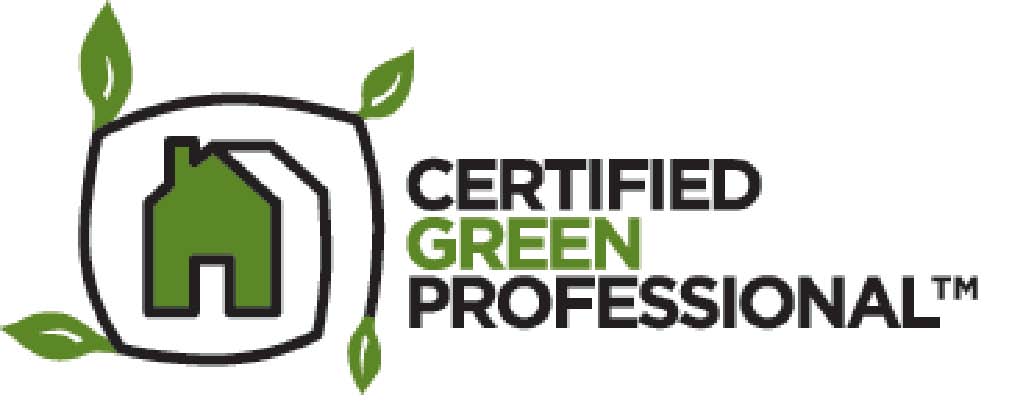
Green Building is not a fad, and it doesn’t have to be expensive. Reports of increased expense relates to implementation of alternative energy sources/systems such as photovoltaic arrays, geothermal, and others. A building can be certified economically by using good building practice, attention to detail, and planning the project completely (including land/lot development) before the first blade of grass is touched.
Building systems offer green benefits because the design work must be completed before the components can be built. The decision-making process is accelerated and moved ahead of action. Applying this mindset is fundamental to all the areas that are addressed through green building certification. The process of using building systems gains points toward certification through planning and documentation in the plans or construction material which are followed from plant production through site assembly. More points can be picked up by prefabrication, certifications (e.g., wood products from sustainable forest initiatives),
Paying attention to the site prior to disturbing any portion of it is a key element to maximizing the green benefits in section 5 of the ICC 700 standard. With a strong point count for land developments and building systems, a Silver certification in the National Green Building Program is very realistic. Focusing on EPA programs (Energy Star, WaterSense, Indoor AirPlus adds even more points as does owner training and education via a good Owner’s Manual and video of the home in process. For a successful project, keep an eye on product certifications and make sure that connecting products are compatible.

